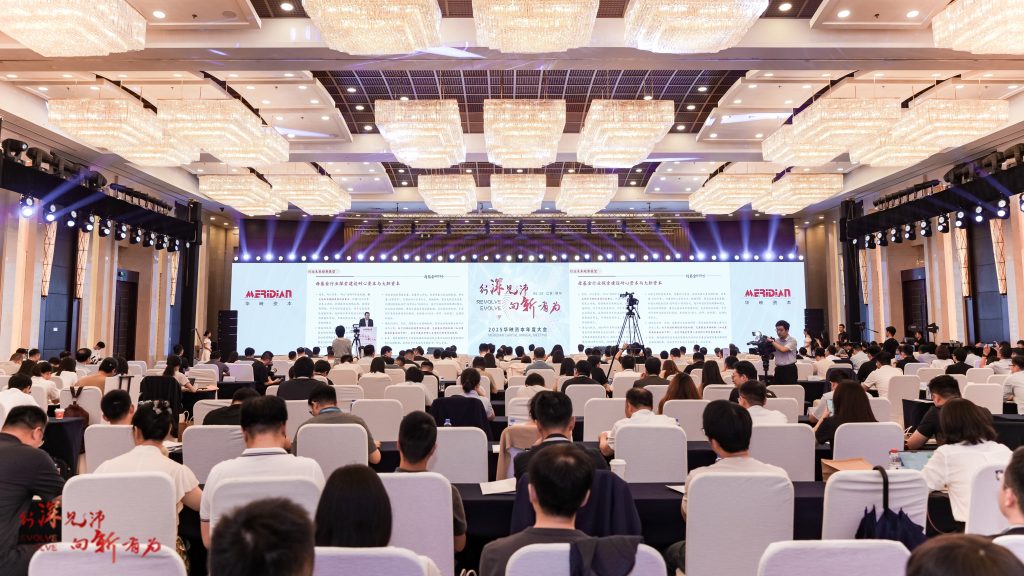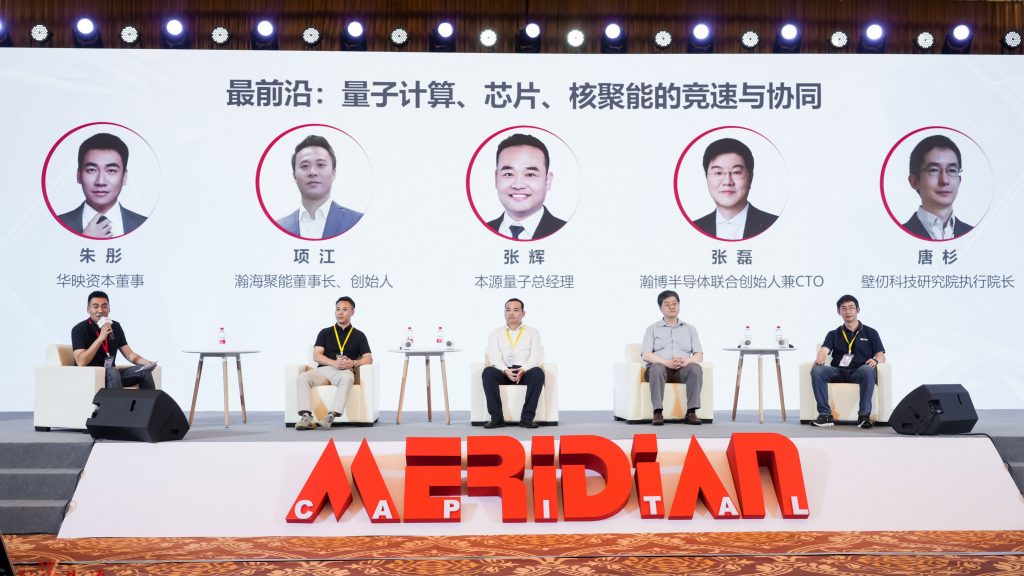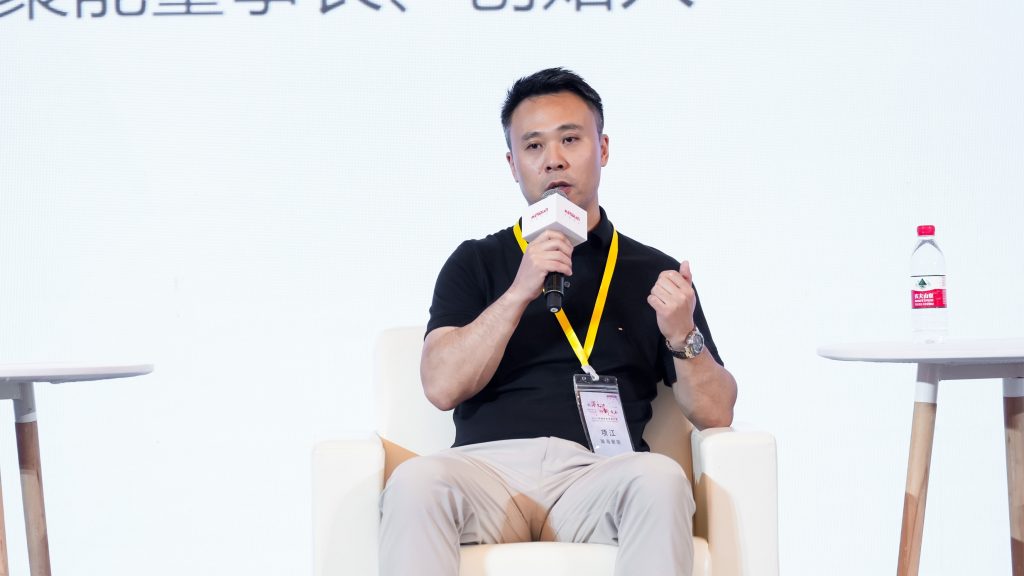On June 28, the 2025 Huaying Capital Annual Conference, themed “Explore Depth, Embrace Innovation,” was held in Yangzhou, Jiangsu. The event brought together Huaying Capital’s partners, investment teams, founders of its portfolio companies, and industry experts to engage in in-depth discussions and exchanges on investment trends in fields such as artificial intelligence, advanced manufacturing, new-generation information technology, energy transition, materials technology, and consumer markets.

As a representative enterprise in commercial nuclear fusion, HHMAX (Chengdu) Technology Co., Ltd. was invited to attend the conference. The company’s Chairman, Xiang Jiang, participated in the panel discussion segment, sharing HHMAX’s technological R&D progress and medium-to-long-term plans, which garnered significant attention.
During the panel discussion titled “The Cutting Edge: Racing and Synergy Among Quantum Computing, Chips, and Nuclear Fusion,” Xiang Jiang, Chairman of HHMAX, elaborated on the company’s pursuit of commercializing fusion energy via the FRC (field-reversed configuration) approach. He highlighted the advantages of the FRC pathway and the role of quantum computing in advancing fusion research. Xiang noted that China’s fusion research ecosystem is currently blossoming, with state-backed players focusing on established technologies like traditional tokamak devices, while private enterprises—serving as a dynamic complement—are exploring innovative pathways with an eye toward commercialization. HHMAX, for example, is pioneering a compact linear FRC device to build a “small artificial sun.”


Meanwhile, HHMAX has adopted a step-by-step monetization strategy: even before achieving power generation, the team is leveraging neutrons produced during fusion experiments to develop cancer treatments, neutron imaging, and nuclear waste processing technologies, generating early commercial returns. In Xiang’s view, the “artificial sun” is illuminating humanity’s future, bringing us closer to energy freedom.
In recent years, the deepening adoption of AI has sparked widespread discussion due to its growing energy demands. At the conference, energy transition emerged as a hot topic, with efficient, stable nuclear power—especially safer, resource-light controlled fusion—attracting keen interest. Earlier this month, NVentures, the venture arm of NVIDIA, invested in TerraPower, a nuclear technology company founded by Bill Gates. Similarly, China National Petroleum Corporation (CNPC) announced a major move: injecting an additional 3.275 billion yuan into its subsidiary Kunlun Capital to fund investments in controlled fusion projects, underscoring the rising appeal of nuclear and fusion technologies in the capital markets.
Through this conference, HHMAX further showcased its cutting-edge technology focus, R&D progress, and commercialization roadmap, earning high attention from attendees and financial markets. Moving forward, the company will deepen its collaboration with financial markets to accelerate fusion R&D and drive the commercialization of fusion energy.